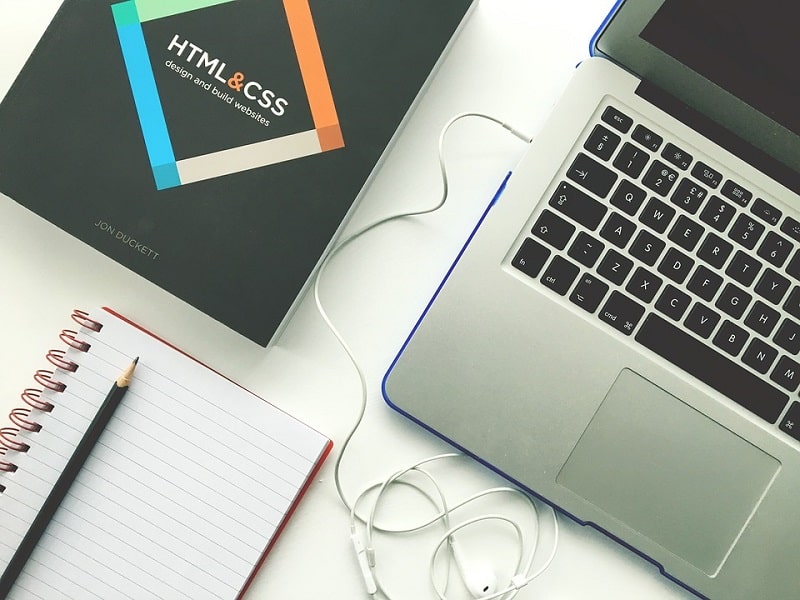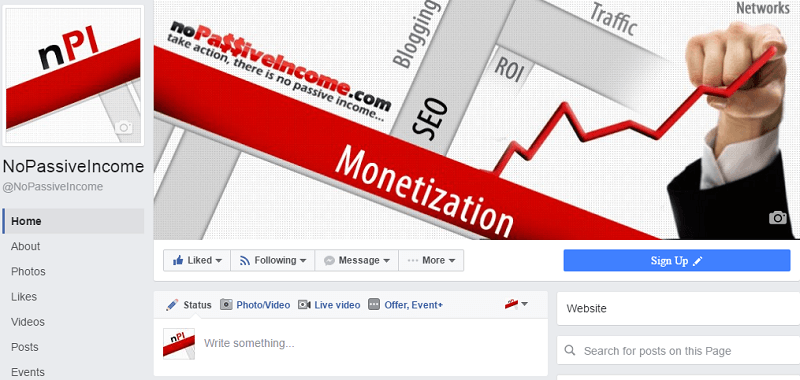Thinking about refinancing your mortgage? If you’re like a lot of homeowners, you start eyeing this option when interest rates dip or your finances shift.
Refinancing can save you money by lowering your monthly payments, shortening your loan term, or sometimes both. That can add up to thousands in savings over the life of your mortgage. The main way you save is by locking in a lower interest rate, which cuts down the total interest you pay.
But not everyone benefits from refinancing. You’ll face closing costs and fees—usually somewhere between 2% and 5% of your loan amount. To figure out if it’s worth it, you need to calculate your break-even point. That’s when your monthly savings finally outweigh what you paid to refinance.
Table of Contents
How Refinancing Can Impact Your Mortgage Savings

When you time it right and have a solid plan, refinancing can seriously boost your finances. The potential savings over your loan’s lifetime are nothing to sneeze at.
Interest Rate Reduction and Monthly Payment Adjustments
Lowering your interest rate is probably the most obvious way to save money through refinancing. Even dropping your rate by just 1% can make a noticeable difference in your monthly payment. For instance, if you have a $300,000 mortgage and drop from 5% to 4%, you’d save about $167 a month—or over $2,000 a year.
Stick with that loan for the long haul, and the savings only grow. Over 30 years, that 1% reduction could keep more than $60,000 in your pocket instead of the bank’s. Most experts say it’s worth considering refinancing if you can snag a rate at least 0.5% to 0.75% lower than your current one. Of course, it depends on your loan size and how long you plan to stick around.
Shortening the Loan Term for Long-Term Savings
Switching from a 30-year to a 15-year mortgage can slash the total interest you pay. Sure, your monthly payments will go up, but the long-term savings can be huge. Take a $250,000 mortgage at 4.5%. Over 30 years, you’d pay about $456,000 total. But if you refinance to a 15-year loan at 4%, you’re looking at roughly $333,000 overall.
That’s around $123,000 less, even though your monthly payment jumps. This approach really suits folks with steady income, good cash flow, long-term plans to stay put, and a goal to build equity faster.
- Stable income
- Good cash flow
- Plans to stay in the home
- Want to build equity quickly
Accessing Home Equity Through Cash-Out Refinancing
Cash-out refinancing lets you tap your home’s equity—and maybe lower your rate at the same time. You swap your current mortgage for a bigger one and pocket the difference in cash.
People often use this extra cash for:
- Home improvements (sometimes boosting property value)
- Consolidating debts (trading high-interest debt for a lower-rate mortgage)
- Education costs
- Emergency funds
You might get better rates than with personal loans or credit cards, but your mortgage balance will go up and you could extend your loan term. It’s important to make sure the benefits actually outweigh the costs.
Citibank home loan have some competitive refinancing options, especially if you already bank with them. Their mortgage programs usually match market rates, and sometimes they throw in perks for existing customers.
Here’s what their process generally looks like:
- Apply online
- Verify documents
- Get a property appraisal
- Go through underwriting
- Close the loan
You can pick from several terms (15, 20, or 30 years) and choose between fixed or adjustable rates. Sometimes, Citibank offers credits toward closing costs or reduced fees, especially if you’re already a customer. Still, it’s smart to shop around and compare Citibank with other lenders to make sure you’re getting the best deal for your situation.
Evaluating the True Cost and Benefits of Refinancing
Refinancing isn’t just about chasing a lower interest rate. You’ve got to weigh up-front costs against the long-term savings, and that’s not always straightforward.
Calculating Potential Savings Versus Closing Costs
Refinancing comes with closing costs, usually 2-5% of your loan. Expect fees like application charges, origination fees, appraisals, and title insurance.
Here’s how to find your break-even point:
- Total up all your closing costs
- Figure out your new monthly savings (old payment minus new payment)
- Divide the closing costs by your monthly savings
This tells you how many months it’ll take to make back what you spent. For example, if you pay $6,000 in closing costs and save $200 a month, you’ll break even in 30 months. If you plan to stay in your home longer than that, refinancing probably makes sense. Some lenders advertise “no-closing-cost” options, but those usually mean you’ll get a higher interest rate.
Loan Types and Their Effect on Overall Savings
The type of loan you choose can really change your refinancing results.
- Fixed-rate loans keep your payments steady. They’re best if you can lock in a much lower rate than you have now.
- Adjustable-rate mortgages (ARMs) start with lower rates, but those rates can rise. Switching from an ARM to a fixed-rate loan gives you predictable payments, though you might start out with a higher rate.
- Changing your loan term—say, from 30 years to 15—usually bumps up your monthly payment but saves you a pile in interest over time.
For example:
- $300,000 loan balance
- 30-year term at 5% = $1,610/month, $279,600 total interest
- 15-year term at 4.5% = $2,295/month, $113,100 total interest
That’s $166,500 interest savings, even though your monthly payment is higher.
How Credit Score, Market Conditions, and Timing Affect Refinancing Outcomes
Your credit score plays a big role in the interest rates you’ll get. If you’re above 760, you’ll usually snag the best deals. Drop below that, and lenders start bumping up your rates. Sometimes just bumping your score up by 20 points could save you thousands over the life of your loan. If your score’s not quite there, it might be worth waiting a bit before you refinance.
Market conditions shift all the time—Federal Reserve moves, inflation, and the overall economy all push mortgage rates up or down. Timing isn’t just a buzzword here. If you refinance early in your mortgage, you stand to save more, since most of your payments at the start go toward interest anyway.
The housing market’s mood swings affect your home equity, too. When values rise, your equity grows. That could help you ditch private mortgage insurance (PMI) and land better loan terms. One last thing: if you can, try closing near the end of the month. It might shave a bit off your prepaid interest costs—not a game-changer, but every bit helps.























